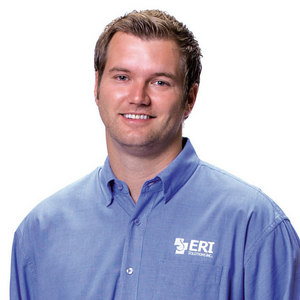Cultivating a Culture of Safety

PHOTO: DARRIN HACKNEY PHOTOGRAPHY
November 20, 2014
BY Susanne Retka Schill
Advertisement
Advertisement
Related Stories
The industry’s maintenance managers will come together later this summer to learn, network and troubleshoot shared challenges at the annual Team M3 Meeting.
Startup Nataqua hopes to help ethanol producers turn captured carbon dioxide into more on-site ethanol capacity.
LanzaJet and BioD have launched a feasibility study to develop the first sustainable aviation fuel (SAF) production plant in Colombia. The proposed facility would utilize LanzaJet’s alcohol-to-jet (ATJ) technology.
Behind the scenes with IFF’s biofuel team and its work to bring new yeasts, yeast blends, AI and next-gen research to the ethanol industry.
Model E delivers dependable performance wherever ethanol analysis is needed.




